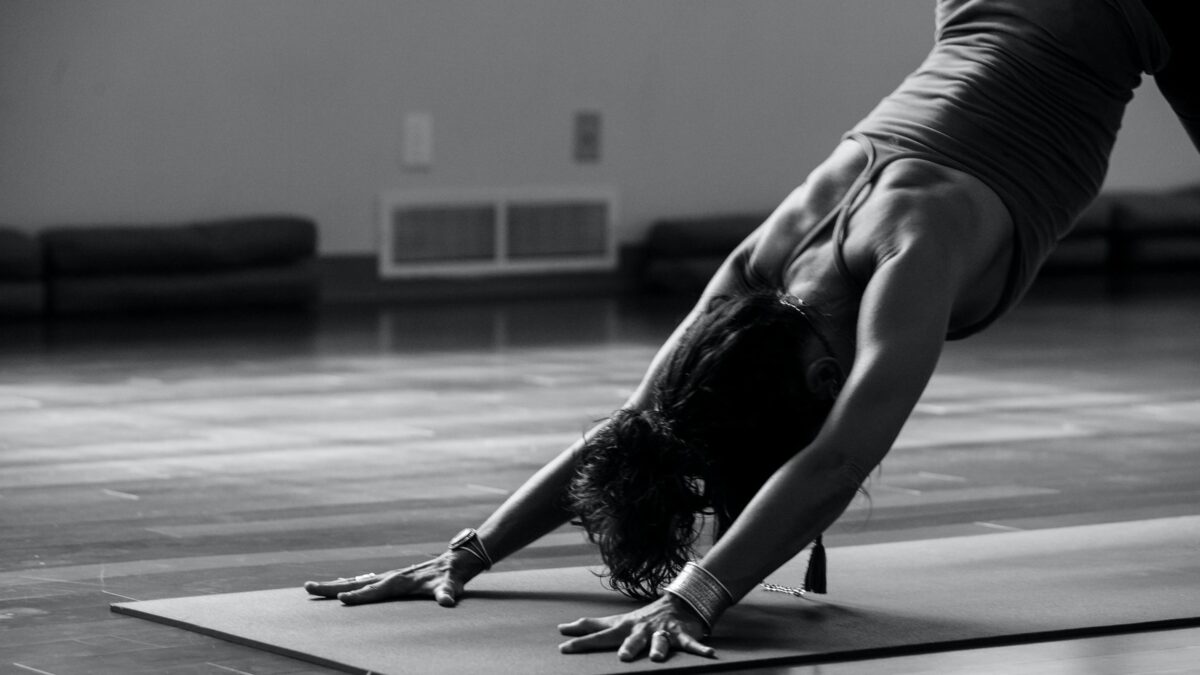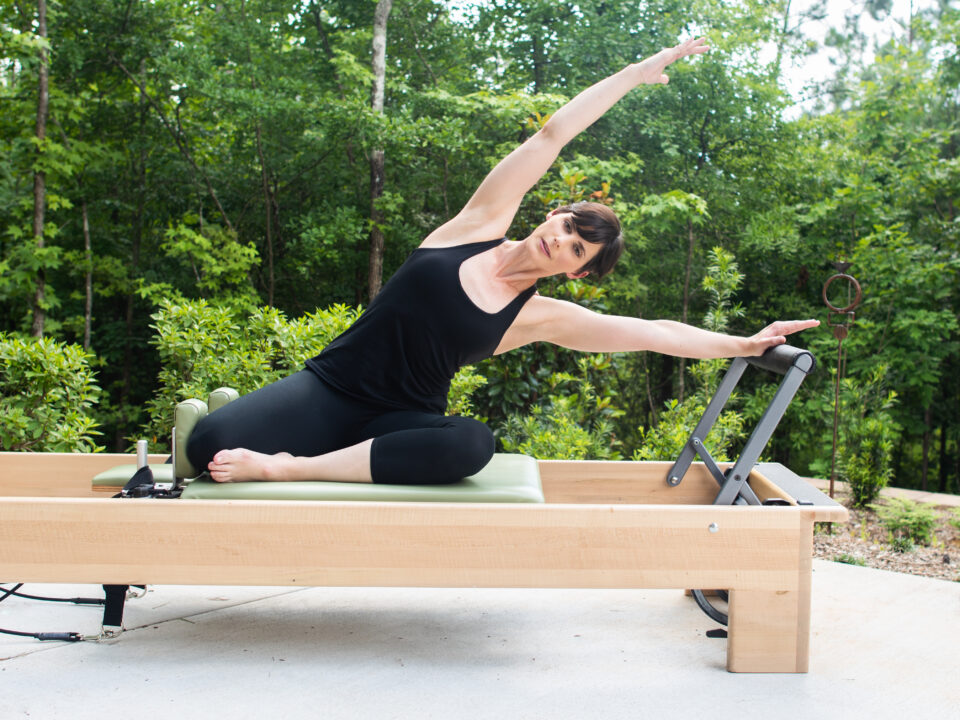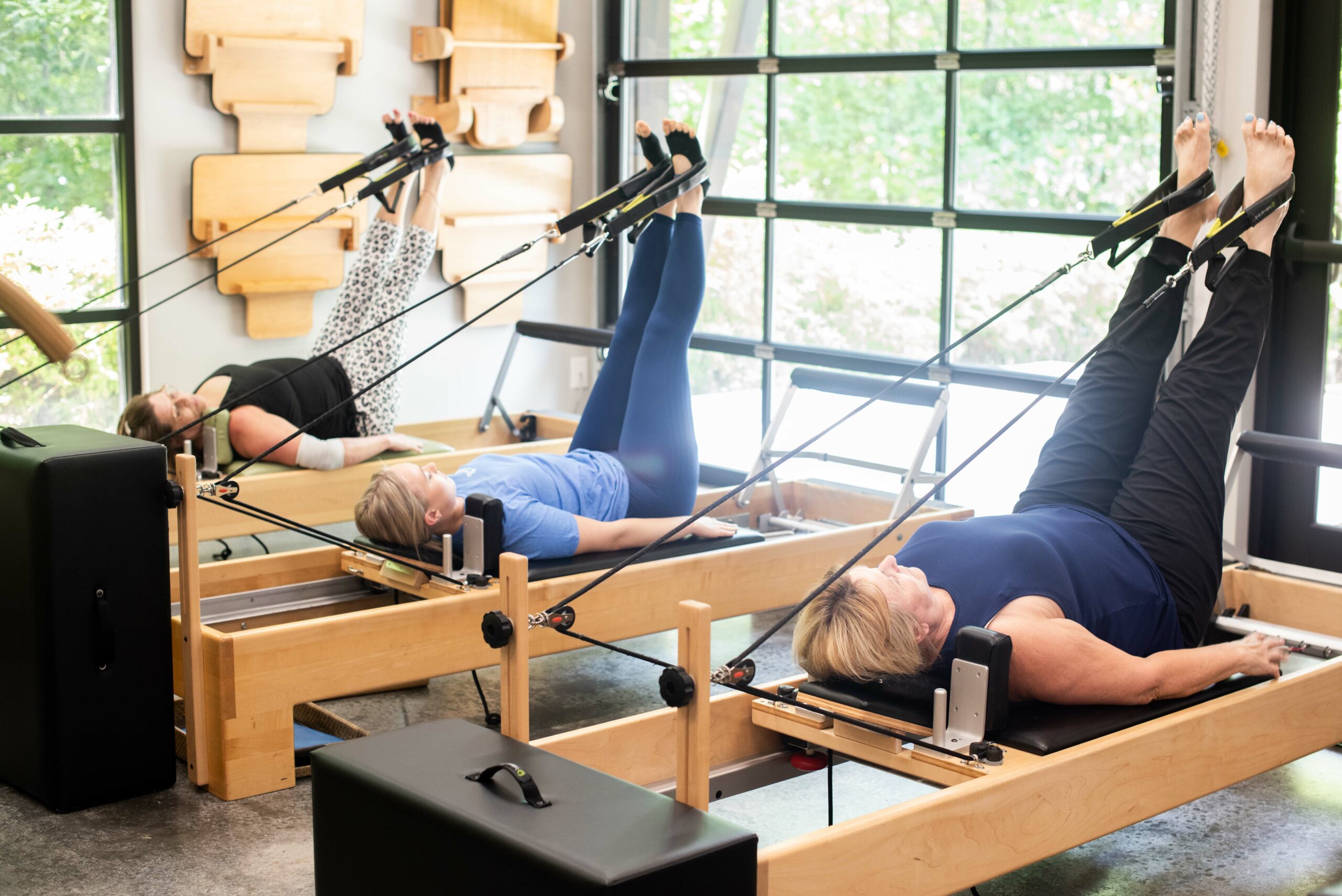- Mon - Fri
7.30 AM – 5.30 PM
Other hours upon request - 770-487-1931
Pilates vs. Yoga for Back Pain

Eight out of ten people will experience back pain at some point in their lives. Many people look for natural ways to relieve current back pain or prevent future back pain. According to Dr. Karyn Staples, Physical Therapist and Nationally Certified Pilates Teacher, both Pilates exercises and practicing yoga have proven effective for treating certain kinds of back pain.
Low back pain is possibly the most heavily researched topic within fitness and within physical therapy, because 80% of people at some point in their lives will experience back pain.
It is possible to find studies that point in either direction—toward Pilates, toward yoga, or away from each. Dr. Staples recommends following scientific guidelines when looking at research studies. Make sure the sample size is large enough. Is the researcher objective?
Dr. Brent Anderson, physical therapist, Ph.D., OCS says according to his research that 80% of pain is due to poor movement strategy. (He’s the founder and president of Polestar Pilates. Their curriculum is taught by Dr. Karyn Staples and is the Pilates training program that most of her teachers have graduated from.)
Pilates and yoga are both mindful movement modalities. They require a person to think about what their body is doing. That connection of both mind and body is powerful. Because a person can be aware of their body in certain positions and movement patterns, it provides better support, better alignment and therefore decreases pain.
What kind of pain can Pilates and/or yoga help with? Specifically, they can help with musculoskeletal pain, not necessarily a herniated disc or a pain that is burning, sharp or electrical.
The type of pain that yoga and Pilates work for is when someone says, “My back gave out again.” Or “I bent over, and I picked something up and now I feel a lot of tightness in my back.” Or “I wake up in the morning and things are really stiff.”
What it’s not—“I’ve got the sharp searing, hot poker pain going down my leg.” That kind of pain could be caused by an issue in the spinal cord and should be seen by a medical provider, medical doctor, physical therapist, or specialist to assess.
If we go with the premise that any sort of mindful movement can be helpful, the question is which should you choose? First off, what is most available to the person? If you live in a remote area and all you have is a yoga teacher around, then clearly that is a great choice. Even if more remote or in-person options aren’t available, an individual virtual Pilates class taught over Zoom with a ProHealth teacher is an option.
If Pilates and yoga are both options, try and see which one better fits your personality. For example, sometimes with long holds in yoga poses, a practitioner can start thinking of their grocery list or the things they need to do, and they lose focus on their body.
It’s possible that Pilates will keep a practitioner’s mind engaged more, particularly if they are in an equipment-based class that is constantly giving them feedback in the form of springs. There are also types of yoga classes that require more flow and power in the movement. The point is to find what jives with you. Because, again, research says both are effective in easing low back pain.
Which would have exercises that are appropriate for your pain or body type? If we’re comparing yoga to mat Pilates, neither of them needs any major fancy pieces of equipment, and both can be a larger group setting.
Also, in Pilates, it is possible to utilize a private session or class with the Pilates equipment where you’re going to get more individualized attention. Plus, you’re getting feedback from the machine. Because of that, you’re going to be getting more input and also more guidance on alignment because those classes tend to be smaller groups.
At ProHealth, we offer small classes even for mat classes. That way individuals can get that appropriate guidance on alignment and make sure that they are doing the movements as best as they can for their bodies in the session that’s being taught.
The average yoga instructor may not be trained to identify movement that’s inappropriate for someone. There are a lot of different levels for yoga training. Some yoga teachers start with just one weekend of an online course, but there are training sessions that are closer to 300 to 500 hours.
That’s a higher level and a deeper level of training versus the person that just does a weekend course. When you seek a yoga or Pilates exercise program, look at the credentials of the teacher.
There is no national credential for yoga teachers, but there is for Pilates, and that’s the National Certified Pilates Teacher, the NCPT. That would be a credential to look for because this is somebody that is comprehensively trained. They have taken a nationally accredited exam to prove their knowledge and to support their training.
For those local to Peachtree City, the safest mindful movement opportunity would be found at ProHealth. Because ProHealth is an office that provides physical therapy, many of the classes are taught by physical therapists or physical therapist assistants. They do have that deeper knowledge and understanding of human anatomy and human movement. All of our Pilates teachers, including those who are PTs and PTAs, have comprehensive Pilates teacher training to provide a safe class for those that experience low back pain.
If you are in chronic low back pain, consider calling ProHealth for an appointment with one of our physical therapists. If you sometimes experience back pain and would like to try Pilates as a mindful movement modality, call ProHealth for class details or to book a private session at 770-487-1931.




